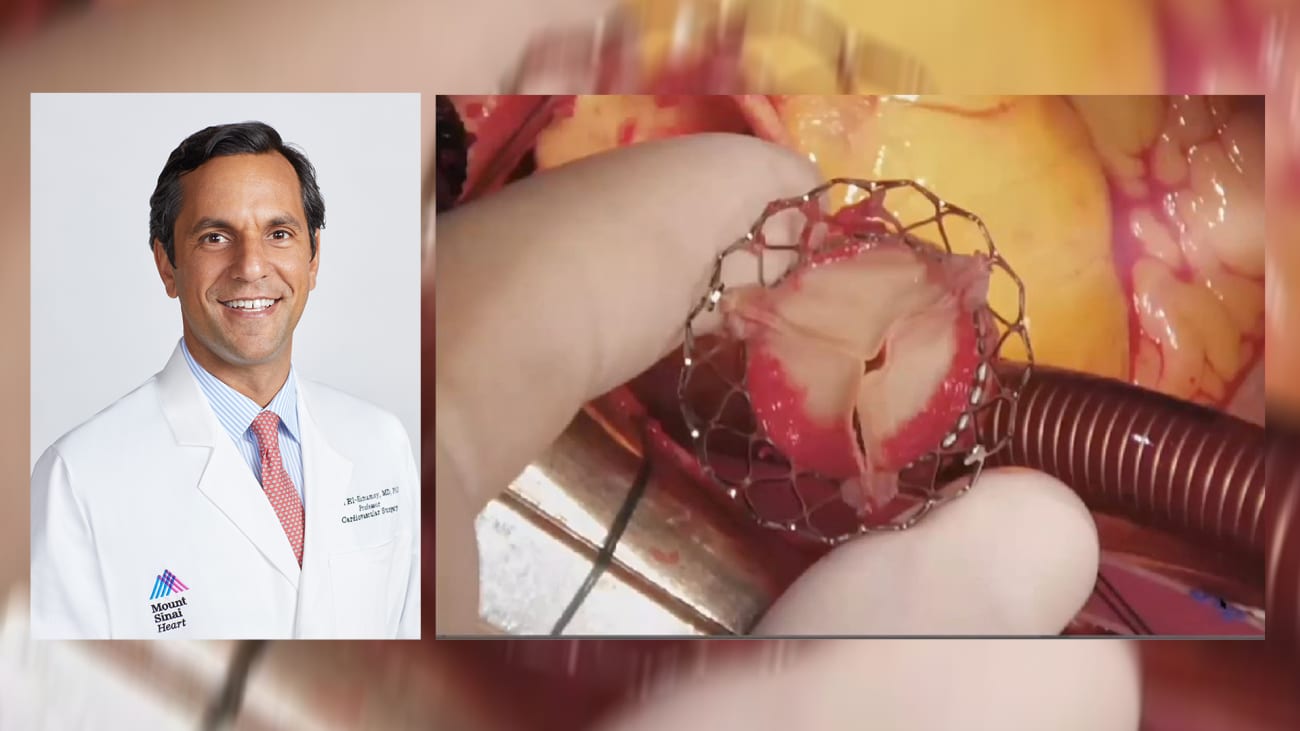Bicuspid Aortic Valve Patients: What Are Your Options?
Join Ismail El-Hamamsy, MD, PhD, as he discusses the options open to bicuspid aortic valve patients. Ali N. Zaidi, MD, moderates this informative webinar sponsored by the Adult Congenital Heart Association (ACHA), and Paul Stelzer, MD, provides an overview of this congenital condition, in which two of the three leaflets of the aortic valve are fused together. Occurring in one to two percent of the population, bicuspid aortic valves are more common in men, and patients exhibiting symptoms of shortness of breath or chest pain are typically under 65 years of age. For many individuals, bicuspid valves work well, but over time, turbulence in the blood stream can cause scarring and calcium deposits, leading to restricted blood flow or regurgitation. Dr. El-Hamamsy covers mechanical and biological valves, specialized procedures such as the Ross procedure and bicuspid aortic valve repair, and new technologies such as transcatheter aortic valve replacement. He also describes the advantages and disadvantages of each approach, as well as the short-term and long-term benefits. You can reach Dr. El-Hamamsy directly at 212-659-6807.
Featured Faculty
Director of Aortic Surgery
Mount Sinai Health System
Randall B. Griepp Professor of Cardiovascular Surgery
Icahn School of Medicine at Mount Sinai
Professor, Cardiovascular Surgery
Icahn School of Medicine at Mount Sinai
Associate Professor, Medicine (Cardiology), and Pediatrics
Director of Academic Affairs, Division of Pediatric Cardiology
Icahn School of Medicine at Mount Sinai
Director, Adult Congenital Heart Disease Center
Director, Pediatrics to Adult Transition of Care Program
The Mount Sinai Hospital


